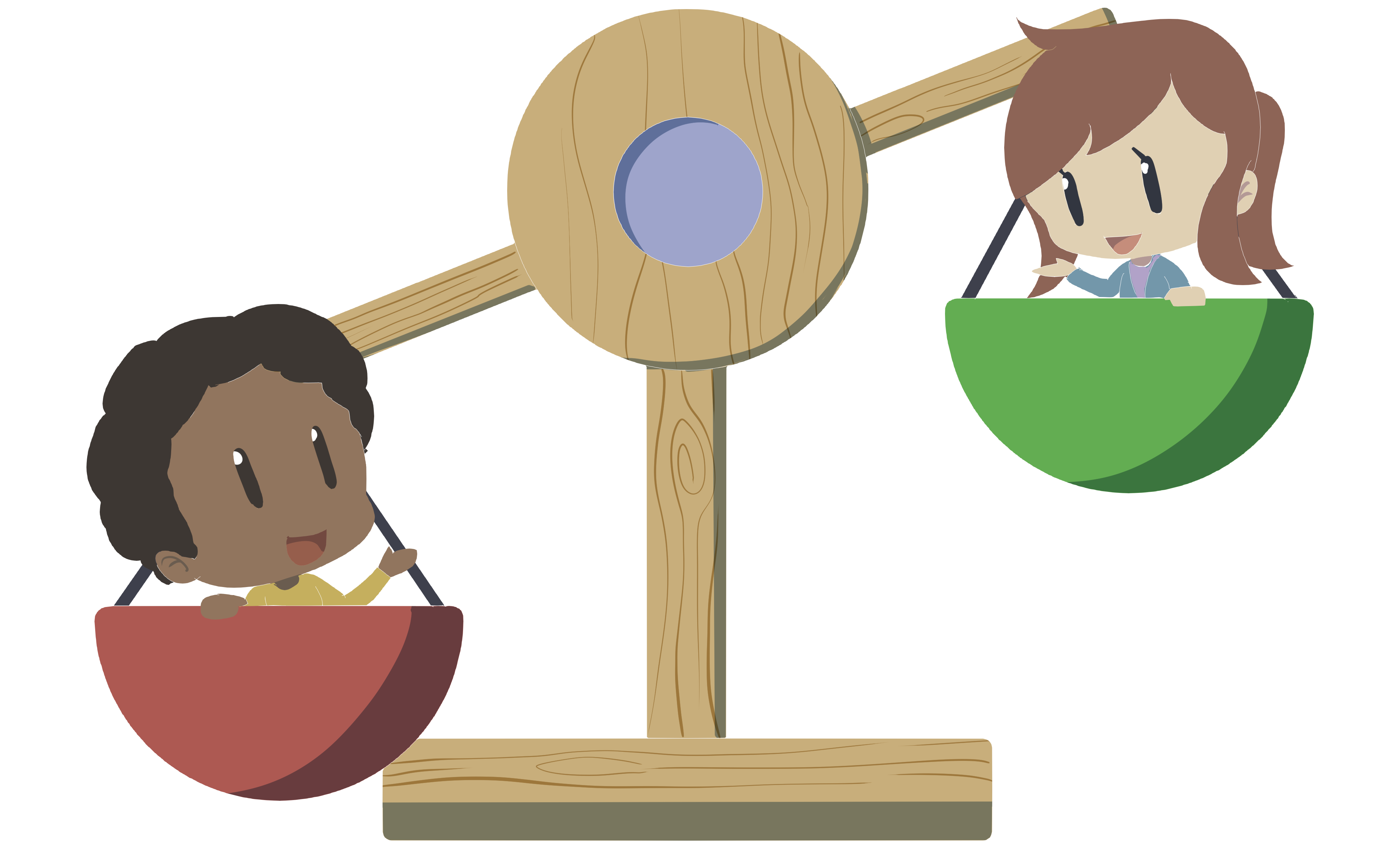Card

Constructive Controversy
This technique promotes cooperative learning and critical thinking in group settings. The process involves structured debates on controversial topics to encourage group members to explore opposing viewpoints and arrive at a more comprehensive understanding.
Constructive Controversy
Summary
It's crucial for the facilitator to create a positive and respectful environment throughout the constructive controversy procedure, ensuring that all participants feel heard and valued. The focus should be on fostering critical thinking, cooperation, and open-mindedness rather than promoting confrontation or hostility. Additionally, it's essential to tailor the procedure's time frames and steps to suit the specific context and participants' needs.
Procedure
Divide the participants into groups and provide a prompt on a topic that is relevant and thought-provoking, allowing for diverging viewpoints.
Give each group time to research and prepare an argument on one polarizing side of their topic at a time. To start, everyone should prepare a pro argument. They should provide credible evidence in support of their argument.
Have each group present their pro argument. It may be necessary to set a time limit for presenting their case.
Now switch sides. Everyone will prepare a con argument with credible evidence to support their reasoning.
Have each group present their con argument.
Next, provide each group time to synthesize both sides. They should prepare a statement that finds common ground or a point of balance between all of the perspectives they have heard and then share it with the whole class.
Finally, have students individually reflect on how this process affected their understanding of the topic.
Johnson, D. W., & Johnson, R. T. (2009). Energizing learning: The instructional power of conflict. Educational Researcher, 38(1), 37–51.


